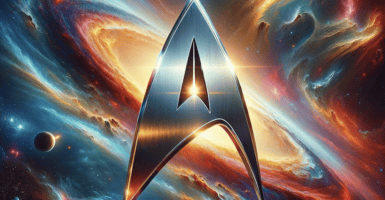Ancient Dead Galaxy Seen By NASA Is Oldest On Record
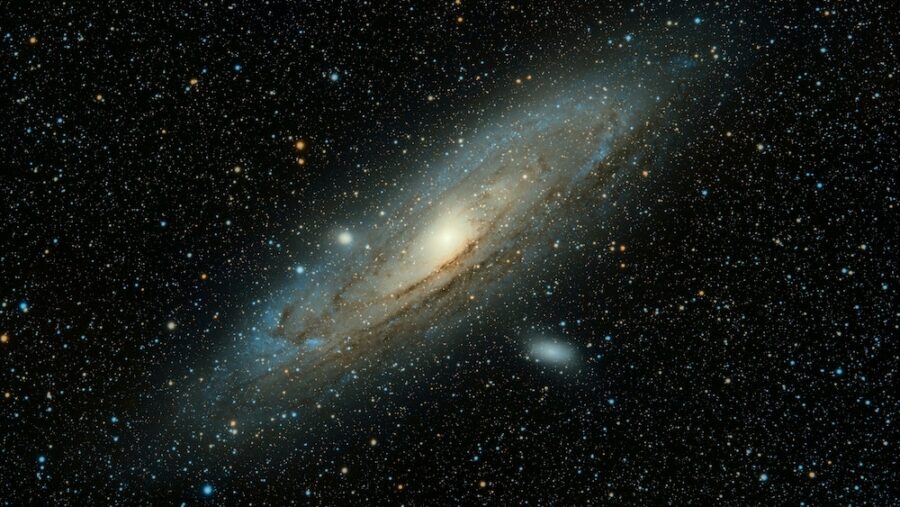
This just in, science fans—a remarkable discovery, stretching the boundaries of our understanding of the cosmos, emerged from the sights of NASA’s James Webb Space Telescope (JWST). The JWST revealed the oldest-known dead galaxy, a find setting a new record in our never-ending quest to solve the mysteries of the universe.
The statistics surrounding this ancient galaxy are startling; for example, the galaxy finalized its star formation activities nearly 13 billion years ago, provides a singular glimpse into the early stages of our universe.
Dead Galaxy Discovery
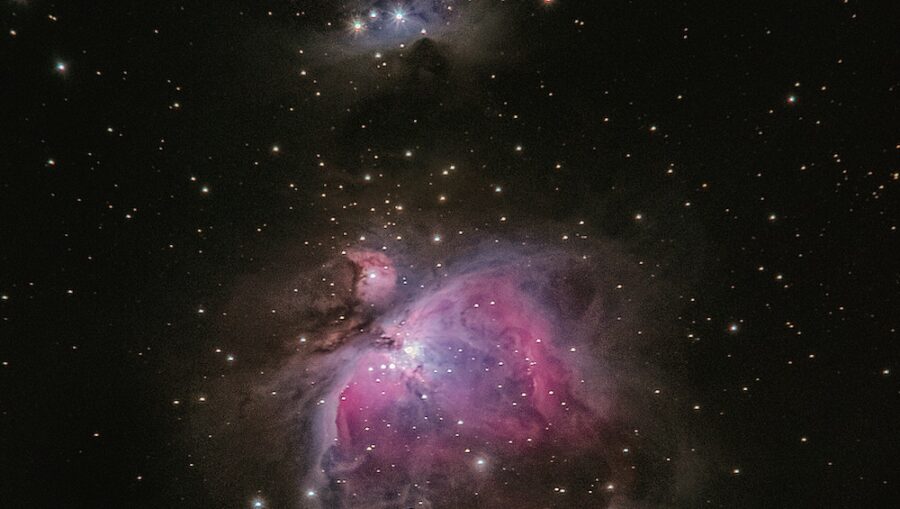
How early though? Well, seven hundred million years after its creation—a slight stretch of time, as crazy as that sounds, in the lifespan of our cosmos.
A study published in the peerless journal Nature details the groundbreaking discovery of the dead galaxy.
The study focuses on the JWST’s unrivaled ability to peer back, like a veritable time traveler, into the early epochs of the universe (which, as many science nerds know, came into existence nearly fourteen billion years ago).
10 To 20 Million Years Ago
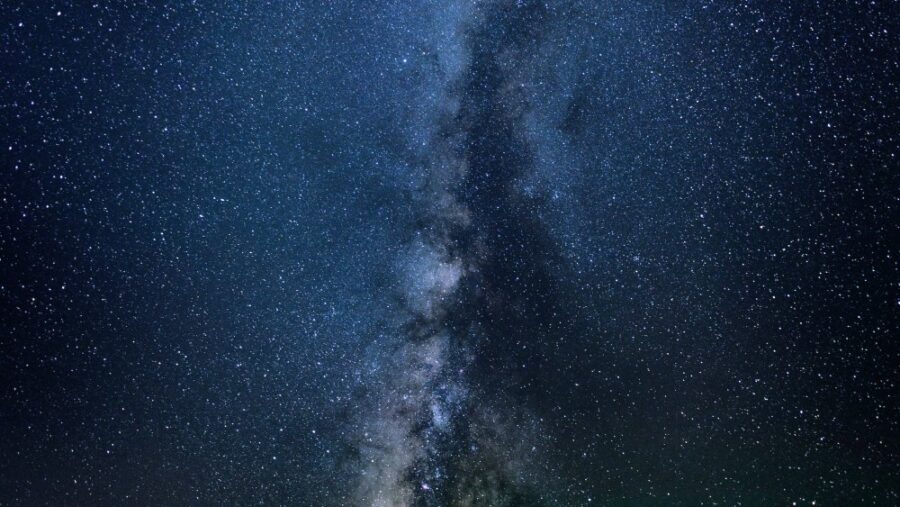
The defunct galaxy in question led to a brief but tumultuous existence, one characterized by a sudden spurt of star formation—a growth spurt between 30 and 90 million years.
However, in an event that intrigued scientists, this frenzy of cosmic activity suddenly halted 10 to 20 million years before the state in which Webb observed it.
How Stars Are Formed
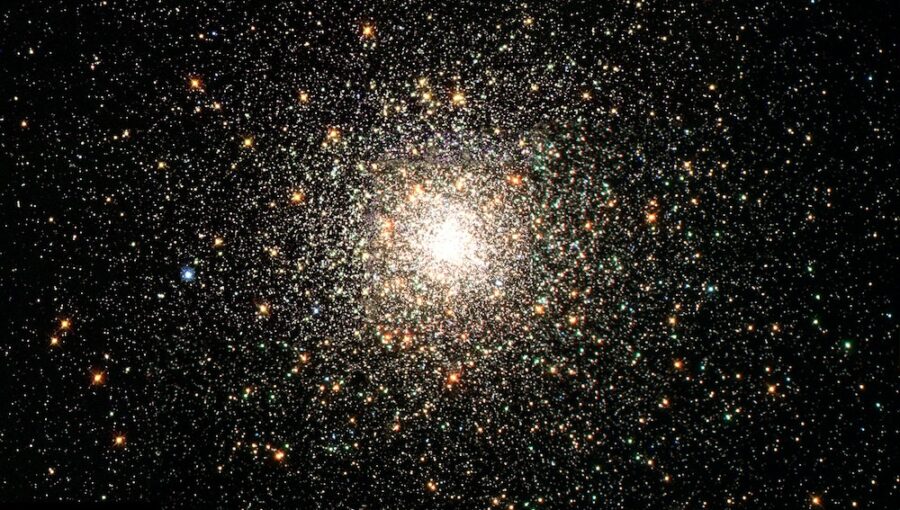
While the dead galaxy certainly sounds like some facet of a sci-fi horror movie, the researchers in the study maintain that, on a more serious level, its revelations could reveal the mechanisms that regulate star formations in galaxies. The research could also explain why star formation ceases at all.
The researchers specified that knowledge of star formation—its regulation as well as its stoppage—remains a crucial and unsolved mystery in the field. The open question surrounding star formation underscores the significance of this study, alongside its worthwhile offering of new insights into the evolution of galaxies across billions of years.
Hubble Found Something Similar
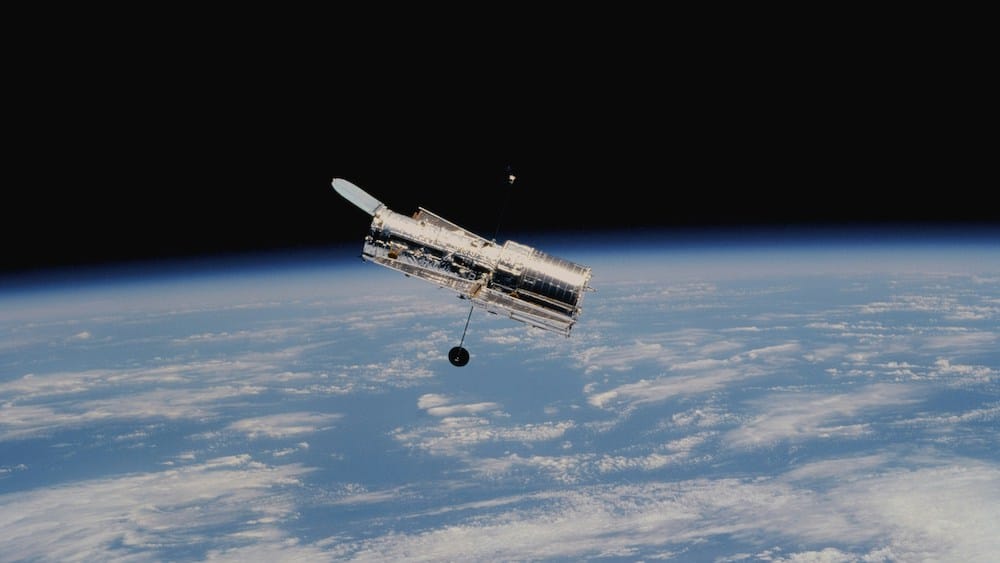
This isn’t the first time that one of our Earthly super-telescopes has identified a dead galaxy.
Previously, the Hubble Telescope revealed six early, massive, deceased galaxies in the night sky—galaxies that ceased star formation due to the depletion of cold hydrogen gas.
This gas is essential for the birth of stars; its shortage took place nearly three billion years after the Big Bang
James Webb Telescope Can Look Further
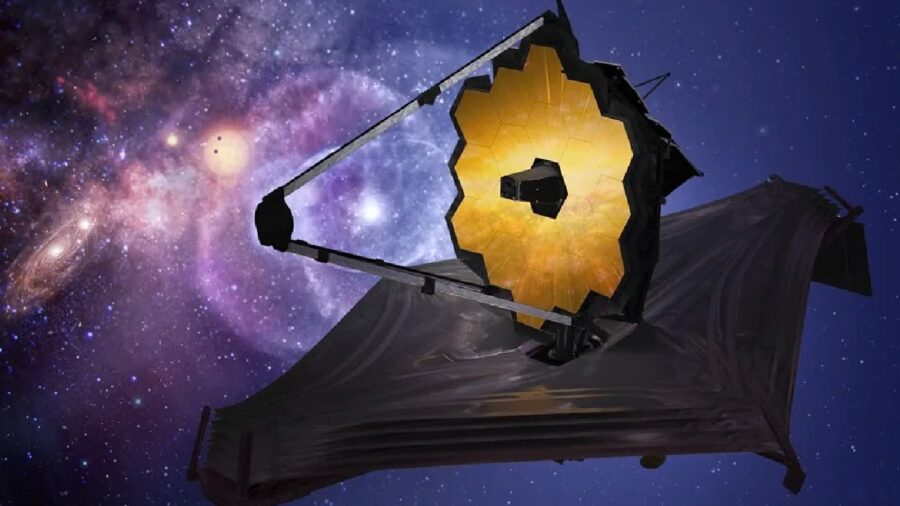
Thankfully, with the JWST, astronomers may now detect defunct galaxies that are even more distant—cosmic graveyards featuring lower mass and unveiling new layers of complexity in the universe’s expansion and the evolution of galaxies.
Of additional interest is that the mass of this newly identified dead galaxy is comparable to that of another dwarf galaxy not far from us and our Milky Way—the Magellanic Cloud.
Universe Aging
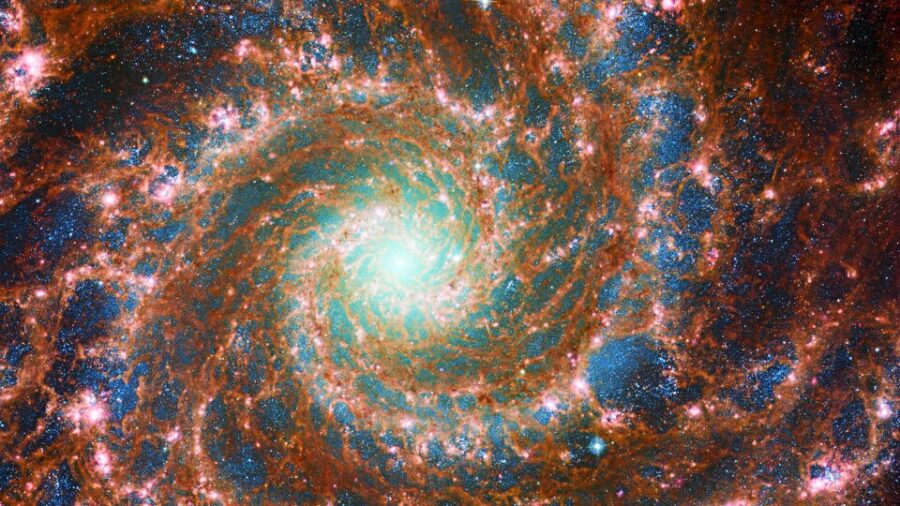
Relatedly, the study’s authors propose that, in its infancy, our universe was abundant in gas clouds, which collapsed to form new stars—a sort of “all-you-can-eat buffet” for burgeoning galaxies, as Tobias Looser of the Kavli Institute for Cosmology put it.
But as the universe aged, the conditions for star formation dwindled; particular factors, like supermassive black holes and star formation feedback, evacuated gas from galaxies and halted the creation of new stars.
Dead Not Dead Forever?
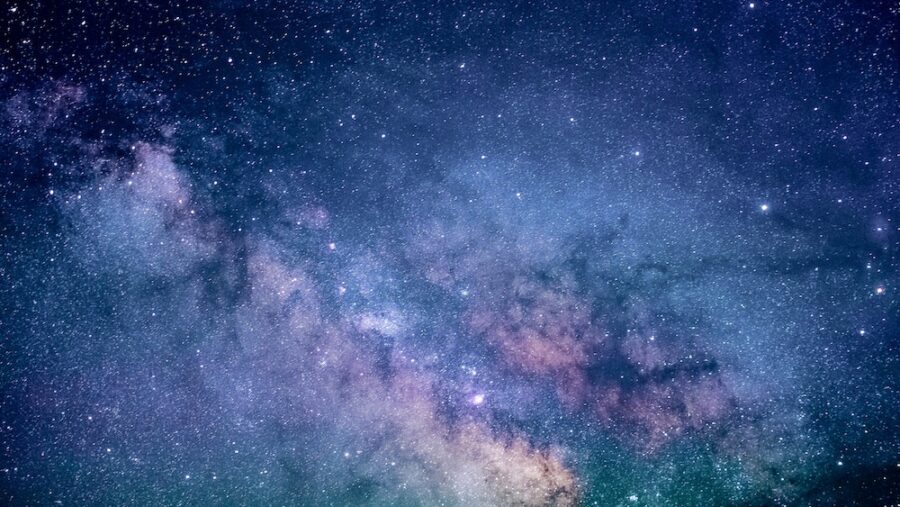
Looser, the paper’s first author, and Francesco D’Eugenio, a fellow researcher, also mentioned that it is possible such dead galaxies might not remain dormant forever.
Indeed, more observations could potentially uncover pathways for them to recommence their star-forming processes. All of which means the dead galaxy could become a zombie galaxy…
Sci-fi horror, indeed.




